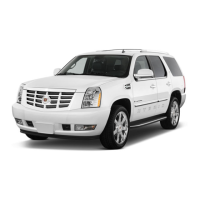
Do you have a question about the Cadillac 2009 Escalade and is the answer not in the manual?
| Brand | Cadillac |
|---|---|
| Model | 2009 Escalade |
| Category | Automobile |
| Language | English |
Adjusting and using front seat head restraints for safety.
Operating power seat controls for front seats including cushion and recline.
Information on heated rear seats and folding split bench/bucket seats.
Proper usage, wearing, and importance of safety belts for all occupants.
Guidelines for using child safety seats and restraints for children.
Location, inflation, and restraint function of vehicle airbags.
Checking the proper function of safety belts, pretensioners, and airbags.
Using vehicle keys for ignition, door locks, and replacement key information.
Operating power door locks, delayed locking, and rear door security locks.
Operation of power windows, express features, and anti-pinch override.
Information on the content theft-deterrent alarm system and PASS-Key immobilizer.
New vehicle break-in, ignition positions, starting the engine, and pedal adjustments.
Adjusting manual, auto-dimming, and power foldaway mirrors.
Features like Ultrasonic Rear Parking Assist and Side Blind Zone Alert.
Overview of OnStar services, hands-free calling, and navigation.
Programming remote transmitters for garage doors and home automation.
Location and use of glove box, cupholders, and console storage.
Operation of the power sliding sunroof, including express and anti-pinch features.
Identification of main instrument panel components and their functions.
Operating the dual automatic climate control system, fan, and air delivery modes.
Understanding and responding to various warning lights and gages.
Accessing and customizing vehicle information and messages via the DIC.
Features of the audio system, Bluetooth connectivity, and voice recognition.
General introduction to the navigation system and its components.
Basic steps and important considerations for using the navigation system.
Explanation of hard keys and touch-sensitive screen buttons for system operation.
How to operate the navigation system, including destination entry and route planning.
Information on the map database, installation, and handling of map DVDs.
Explanation of common symbols displayed on the map screen.
Methods for entering and storing destinations, including address book and POI.
Adjusting system features like sound, radio, navigation, and display settings.
How the GPS system works and potential sources of interference.
Tips for better fuel economy and defensive driving techniques.
Importance of anticipating road conditions and other drivers for safety.
Dangers of drinking and driving, and legal implications.
How brakes, steering, and accelerator systems help control the vehicle.
Understanding perception and reaction time in braking and stopping distances.
How ABS helps prevent skids and maintain steering control during hard braking.
Using ABS and brake assist for effective emergency braking maneuvers.
How the vehicle stability enhancement system assists with directional control.
How the MagneRide system adjusts damping for optimal ride and handling.
How the RSS feature provides superior ride and handling based on road conditions.
How the locking rear axle provides improved traction in low-traction conditions.
How the AWD system distributes power for enhanced traction.
Power steering operation, steering tips, and emergency steering techniques.
Techniques for recovering a vehicle stuck in off-road conditions.
Safe procedures and considerations for passing other vehicles.
Understanding and responding to situations where vehicle control is lost.
Tips and safety considerations for driving off-road.
Tips for safer night driving, including visibility and driver fatigue.
Precautions and techniques for driving safely in rain and on wet roads.
Pre-trip checks and preparation for long journeys.
Recognizing and avoiding driver fatigue and distraction on highways.
Driving tips for steep and winding mountain roads.
Driving techniques and precautions for snow and ice conditions.
Steps and methods to free a stuck vehicle.
Using the rocking method to free a stuck vehicle.
Proper use and safety precautions for recovery hooks.
Understanding vehicle weight limits and proper cargo loading.
General information and precautions regarding towing the vehicle.
Procedures for towing a disabled vehicle safely.
Considerations for towing the vehicle as a recreational vehicle.
Operation of the automatic level control rear suspension system.
How the Autoride feature improves ride and handling.
Essential information and safety rules for towing trailers.
Advice on selecting the correct hitch and trailer brakes.
Guidance on obtaining service and using genuine GM parts.
Information on recommended fuel types, octane ratings, and additives.
How to check essential underhood components like oil and coolant.
Checking lubricant levels for the transfer case and axle assemblies.
Procedures for aiming headlamps, especially after vehicle damage.
Instructions for replacing various vehicle bulbs, including HID and LED lighting.
Information on tire maintenance, inspection, pressure, and replacement.
Introduction to maintenance requirements and importance of timely service.
Overview of necessary checks, inspections, and parts for vehicle upkeep.
How proper maintenance benefits the vehicle and the environment.
Guidance on how to use the maintenance schedule based on driving habits.
Recommended maintenance services and intervals for optimal vehicle performance.
Specific services required at certain mileage intervals beyond basic maintenance.
Explanations and details for specific maintenance items in the schedule.
Procedures for resolving concerns with dealers and contacting customer assistance.
How to report potential safety defects to government agencies and GM.
Information on vehicle data recording by onboard computers and privacy concerns.
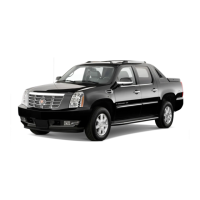

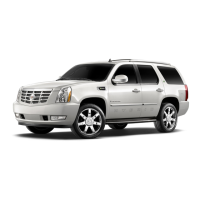

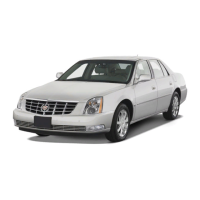
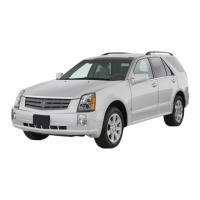




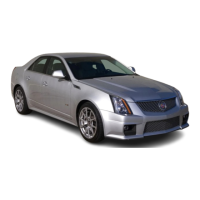
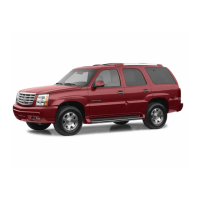
